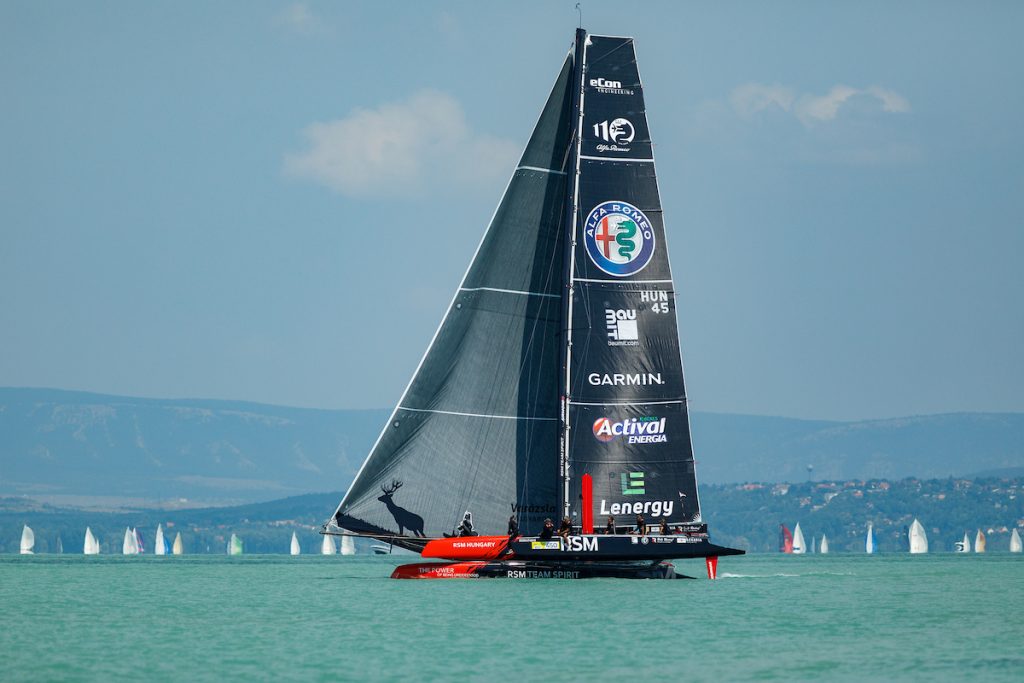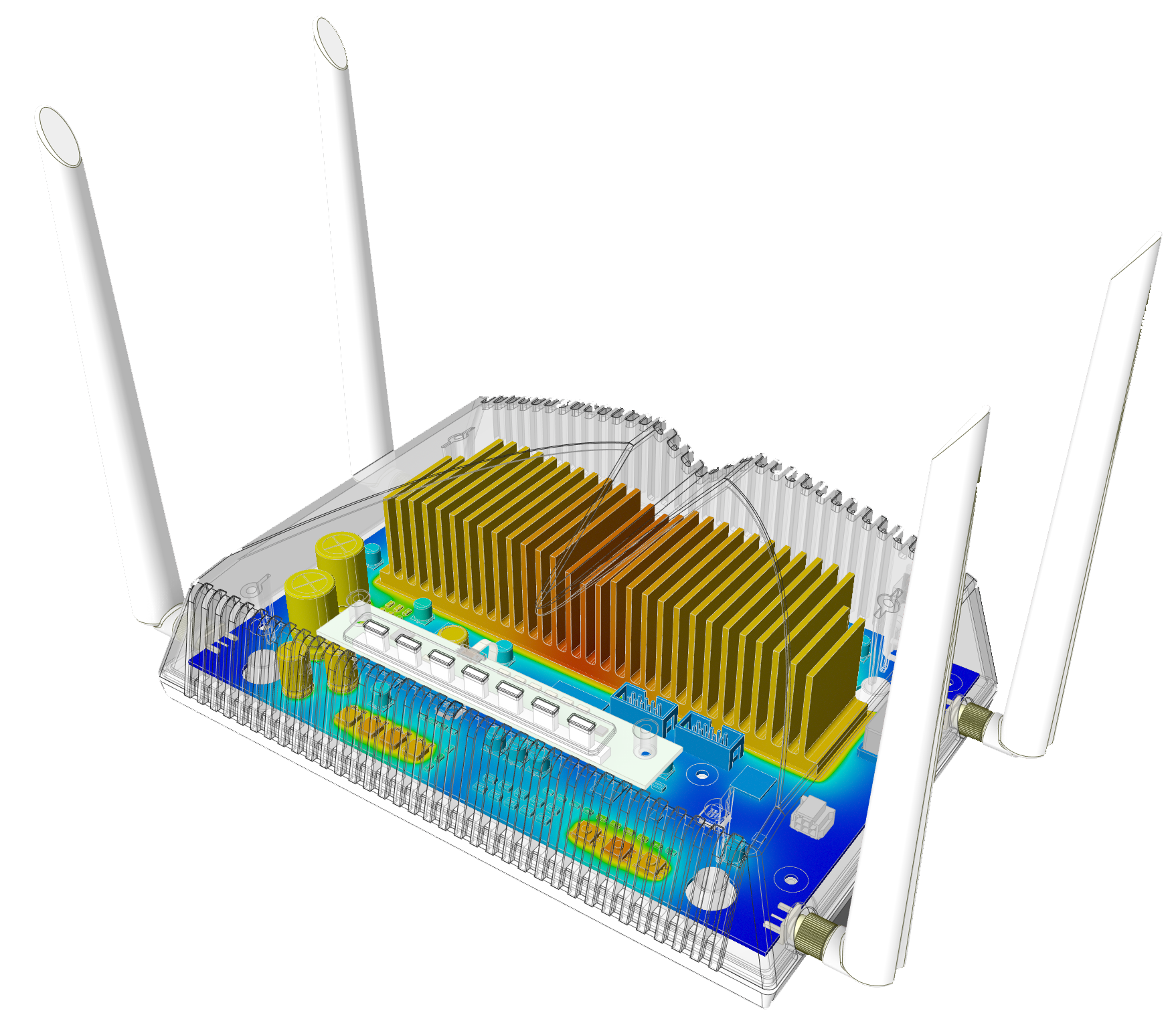After last year’s victory, RSM’s catamaran finished first again this year, beating more than 500 boats to become the champion of the 53rd Blue Ribbon Raiffeisen Grand Prix. This year’s race showed that alongside sailing experience, engineering design plays a major role in sailing. We asked Zsolt Kalocsai, a member of the winning crew, and Gábor Kiglics, managing director of eCon Engineering Ltd., the company that carried out the simulation design of parts of the winning boat, about this.
In sailing circles, sailors wish each other only fair winds, indicating that much depends on the weather and luck. But winning twice in a row between such well-prepared teams is no longer a matter of chance. What do you need to keep up this good performance year after year?
ZsK: Indeed, a lot depends on the weather, the circumstances and of course luck is also needed. These are factors that we cannot control, we can only prepare for them and then react according to our experiences. Of course we can shape a lot of things ourselves, thus practice, knowledge and experience play a huge part in performance. This involves a team working together, knowing the location and the weather conditions. Obviously, we can give our all if the technical and technological conditions are not there. You also need the best boat and the best equipment. And this is where engineering, technical development and optimisation come into play.
Sailing boats are clearly evolving every year, with increasingly streamlined hulls appearing. Why has engineering design become so important in the sport of sailing?
KZs: Indeed, continuous improvement and optimisation of the racing boat is now an integral part of sailboat racing. Evidence shows that a streamlined boat has less resistance to water and can go faster. The weight and flexibility of the hull, and therefore the material structure also matter. Equally important is that the sail, the supporting structure and all the necessary components are of the best quality. These require an enormous amount of engineering.
What role does computer simulation play in the design process?
ZsK: Most of the parts and components are readily available, but as each boat is unique, it is important that all of these components also work together to ensure optimal functionality. The hull, the transom, the sails, all have a lot of potential for optimisation. All the ideas and concepts that look good at first cannot be produced and tested on every single boat. It is therefore worthwhile to use computer simulation, engineering design and analysis. Using testing, simulation methods and technical tools, it is much faster to get to the point where any mechanical structure or component can be deployed. Complex calculations and simulations allow us to achieve a more optimal solution at a lower cost, instead of trying different versions.
What kind of simulation engineering helped RSM’s two Blue Ribbon victories, and is there any information about the future plans?
ZsK: Last year we redesigned the boom (baum) with the support of eCon Engineering, our professional sponsor. Hopefully next year the results of the hull simulation design will help us improve our performance. Of course, many traditional optimizations and improvements are being done by our team, and several simulation designs are planned and underway that will further improve different parts of the boat. We do not want to reveal the details of these in advance out of superstition, we would rather leave them as a surprise for the public and our competitors.
Simulation-based design and analysis is already widespread in product development. How did you come to design custom components for a sailboat racing participant in addition to your market customers?
GK: I have personal interest in sailing, and the cooperation with the RSM team was born out of a frienly relationship. As professional supporters, for us, the design and finite element analysis of a boom simulation is as challenging as designing any of our clients’ products. Whether it’s something like a mass-produced serial product or a unique prototype, for us every project is a unique design. The goal is to ensure that the resulting product is proven to be the best product possible from the design phase onwards, using computer modelling and calculations.
What are the concrete benefits of engineering simulation?
GK: With our methods and tools, development time and costs are significantly reduced. In addition, the prototype or product produced has less possibility of error than if the simulation phase were omitted. In sailing, too, there are constant changes, testing and revisions based on experience. The result of engineering design is that you get an optimal result in fewer steps. Whether it’s designing a boom or a hull.
We offer solutions for any mechanical, fluid dynamics, electromagnetic project. While our market customers aim for optimum product development with simulation design, in competitive sports, winning is what matters to teams. In the sports and competitions that we professionally support, such as the Blue Ribbon or even Formula Student, engineering design and simulation helps teams to win championships.

